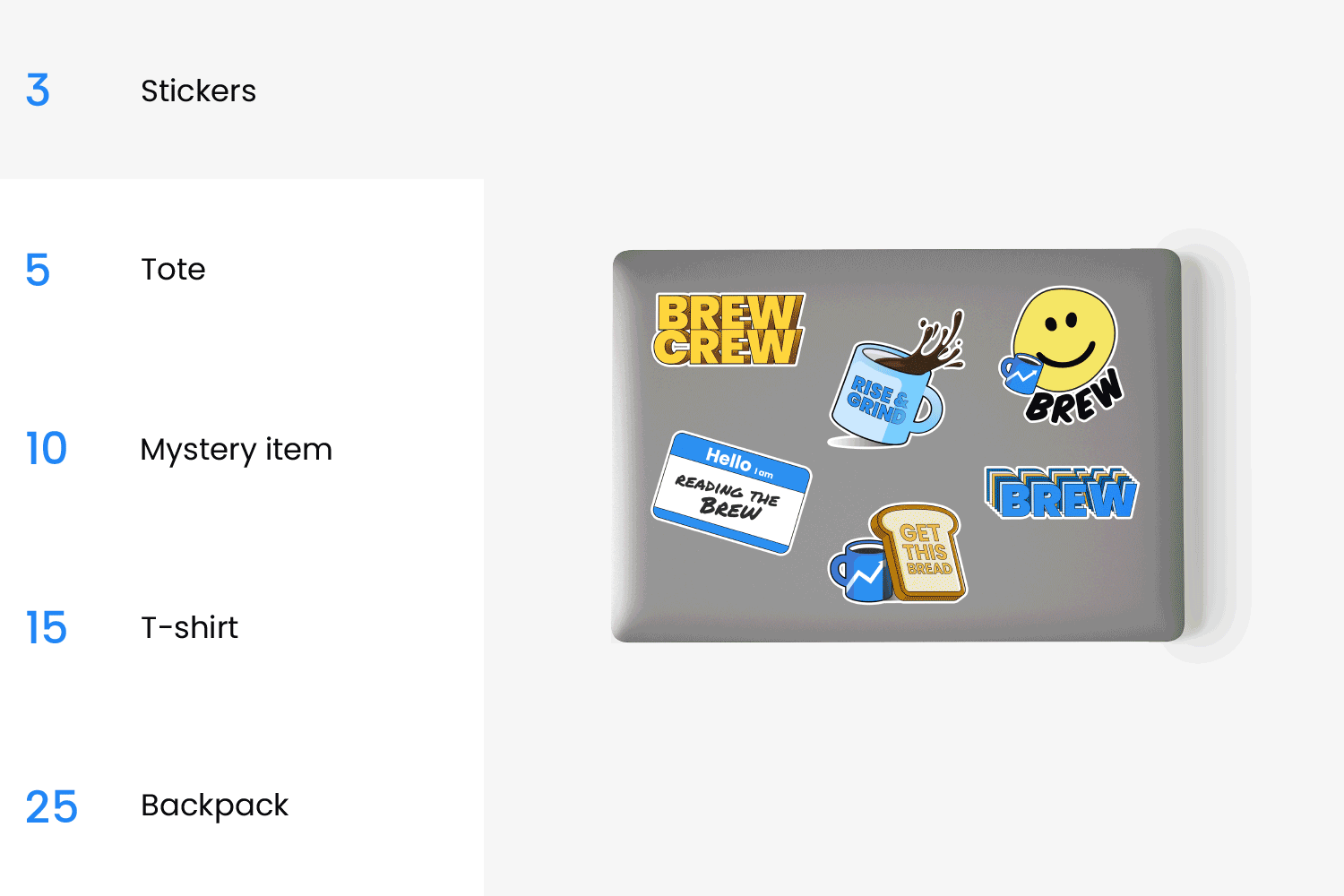|
When a chronically online film studio like A24 makes a weepy, romantic film like We Live in Time, one might expect a promotional campaign designed around the heightened emotion of the movie. While there was some of that sappiness, A24 marketed We Live In Time with, well, a horse: a chaotic, scene-stealing, carousel-horse turned meme.
So A24 mounted the meme and trotted away with it—but it didn’t entirely follow an expected playbook.
Horsing around: On August 13, the X account Film Crave posted a first-look still from We Live in Time. In it, stars Andrew Garfield and Florence Pugh are canoodling on a carousel, the very picture of romance. But it was the prominently placed, maniacal-looking prop carousel horse that attracted unusual levels of interest online. The horse was soon put into edits of iconic films, TV shows, and various awkward scenarios that delighted its internet fans and kept the film top of mind.
“Without him, we really are nothing,” Garfield said in a red-carpet interview with etalk at the Toronto International Film Festival in early September, joking that “no one would be aware of this film if it wasn’t for that fucking horse.”
When an organic audience reaction like this happens, speed can be of the essence, according to Samantha Schuster, connections director at creative agency VML. She typically recommends brands react to memes within 24 hours to about a few days after they emerge to leverage the moment before the masses move on to the next trend, she told us.
“If you catch it a week later, chances are, the internet has moved on…It all just moves so fast these days that you have to be really nimble and agile when it comes to meme marketing,” Schuster said.
Continue reading here.—JN
|










